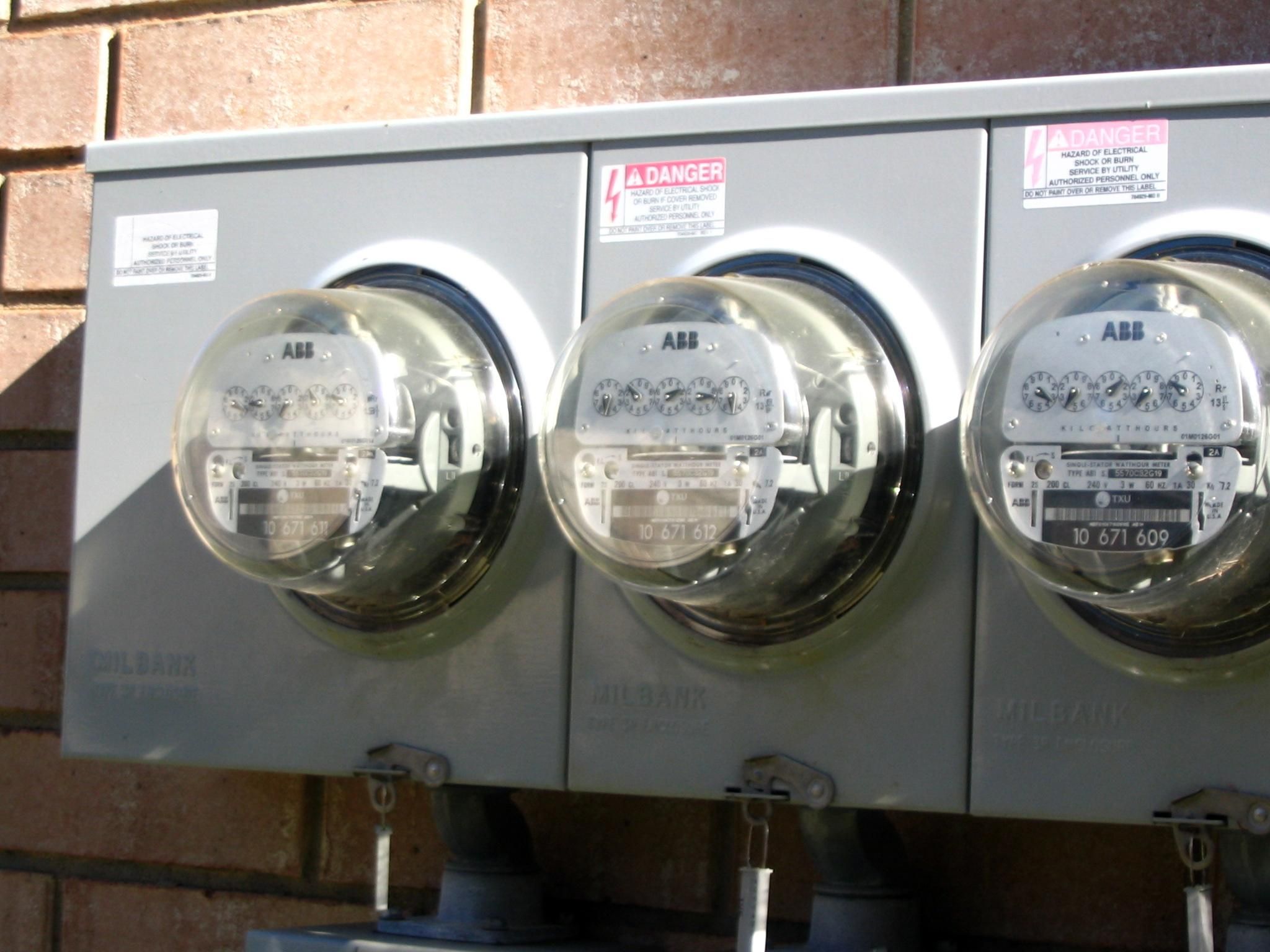To best explain how Demand Billing works lets start with some real world readings and examine them as they are used by a utility when billing you. Then we will look at ways to possibly decrease the amount we have to pay for our power through the use of Power Factor Correction equipment.
If you do not understand the components that make up your electrical systems Demand (kW, kVA, kVAR) , please read the short article "What is Power Factor?" for an overview before proceeding.
Example
At the end of the billing period the utility records the following Peak reading numbers at your facility:
kW = 100
kVA = 150
Power Factor = kW / kVA = 100 / 150 - 0.67 or 67%
These are the readings that the utility will use to determine your Demand Billing.
You will have to check with your local utility to determine their rate schedule, but for our example we will use $9.00 per billed kW.
The general billing practice (with a few exceptions) are to apply their Demand rates to either:
100% of the kW reading
or
90% of the kVA reading
Whichever is GREATEST!
Do not be misled by the term "Billed kW" as may be listed on your utility bill. This term is generically used only to indicate the reading value that rates are being applied to, not whether its kW or kVA.
Although "Billed kW" seems to infer that the demand is based on kW, this number may in fact be either the kW reading or 90% of the kVA reading depending on which is the largest and being used for billing purposes.
Quote: Hydro One - Conditions of Service (2011 Brochure)
2.4.1.2 Components of Distribution Rates
Hydro one Distribution Service Rates include a monthly service charge component and a volume-based component. For Demand Billed Customers, the volume Rate is a per kW charge. The billing demand shall be taken as 90% of the kVA or 100% of the measured demand in kW, whichever is greater. For Energy Only Customers, the volume Rate is a per kWh charge. The monthly service charge component is designed to recover some common costs of Distribution Services that are independent of electricity use. All other Distribution Service costs are recovered through the Volume Rate.
To determine what reading numbers the rates will be applied to in our example lets have a look:
100% of kW = 100
90% of kVA = 150 x 0.9 = 135
As we can see, 135kVA is the greater number, thus rates will be applied to this reading.
So, our Demand Billing (or Billed kW as it may be called) for this period would be 135 x $9.00 = $1,215.00.
Reducing Costs
Now that we know how much we are billed and on what readings we are billed lets look to see if we can reduce this cost.
In our example, rates were applied to 90% of the kVA reading because it was larger. Ideally, we would like to have rates applied to our kW because it is the smaller reading number. If we could do that then we could realize a reduction in our utility billing. Just how much?:
Cost if rates were applied to the kW reading: kW x $9.00/kW = 100 x $9.00/kW = $900.00
The potential reduction to the Demand portion of our monthly electrical bill if rates were applied to the kW reading:
$1,250.00 - $900.00 = $315.00 (that's a 28% reduction in demand costs)
So, what can we do to our electrical system so that rates are applied to the kW reading? The most economical way of doing this is through the installation of Power Factor Correction Capacitor Banks. Power Factor correction has been around as long as electricity has. It is the means through which we can tweak our electrical system to make it more energy efficient, and by doing so we can ensure that we are paying the least possible cost for our power.
By correcting the Power Factor in this example to above 90% ensures that no additional expenses are being incurred.
There are additional savings to be derived through correcting the power factor and power quality in your facility. Poor power factor and power quality also play a role in premature motor failures, shortened equipment life, electrical system downtime etc. Resolving these issues while ensuring maximum life expectancy and operation of motors and optimization of your electrical system can and often far exceed just the measurable saving derived through eliminating avoidable and measurable demand penalties that are paid to your utility on an ongoing basis. Typical payback periods are often 18 months or less depending on the requirements.
